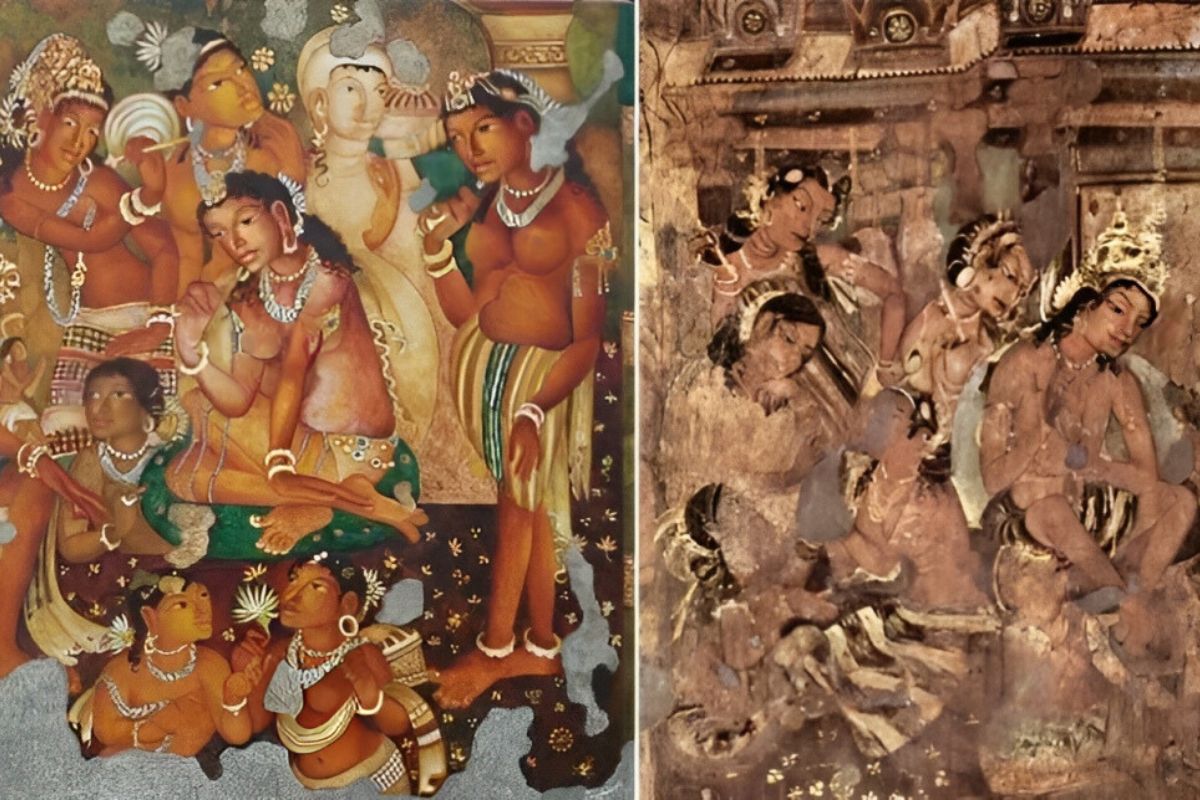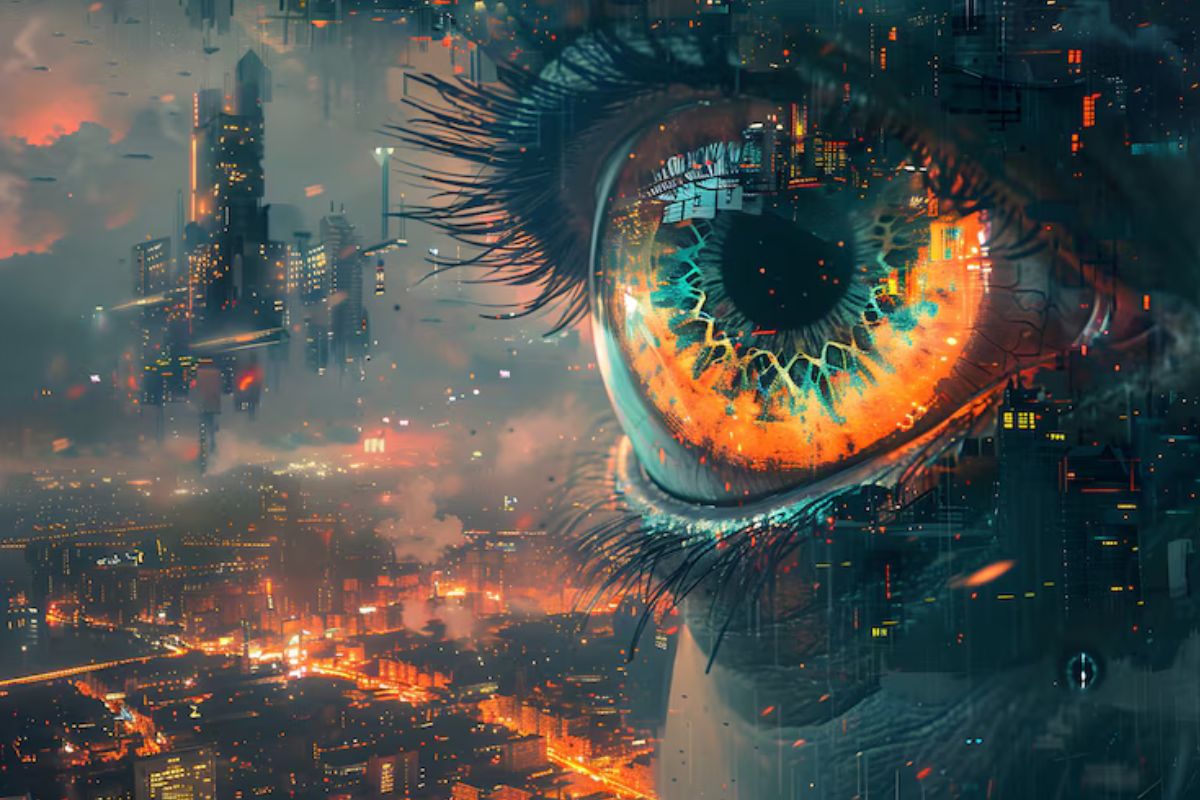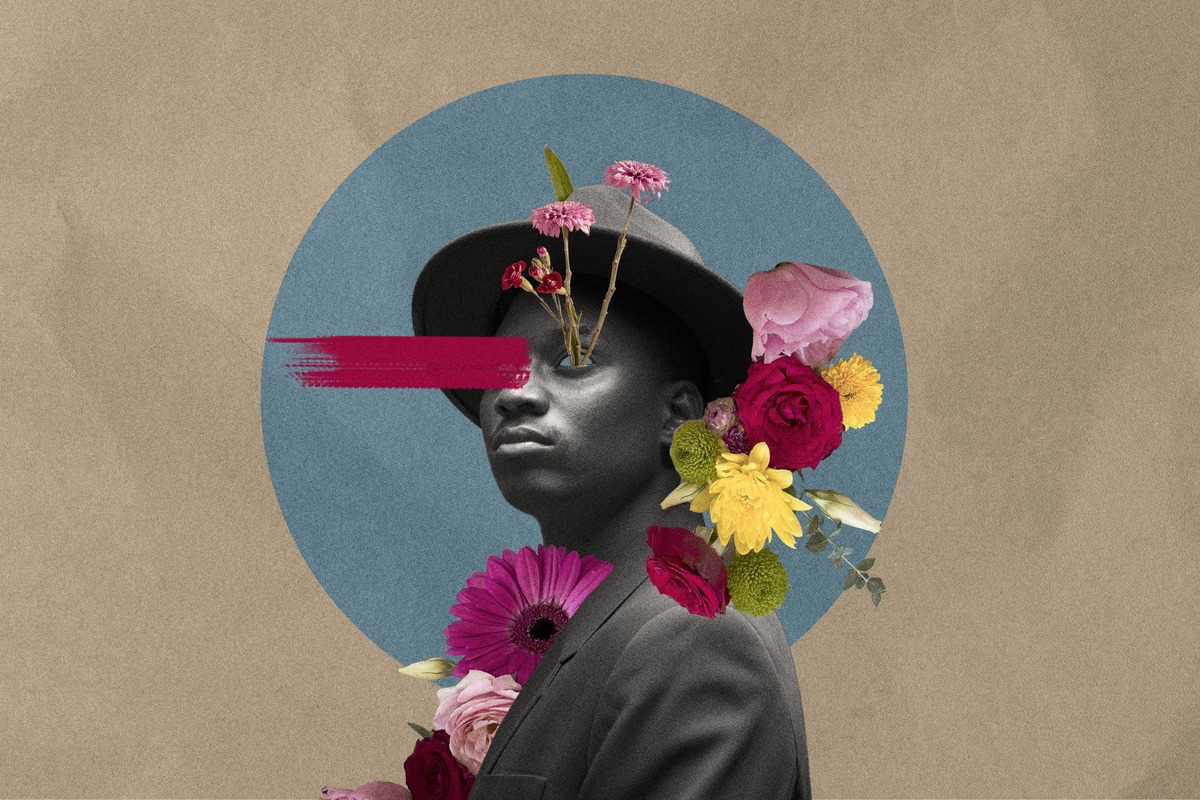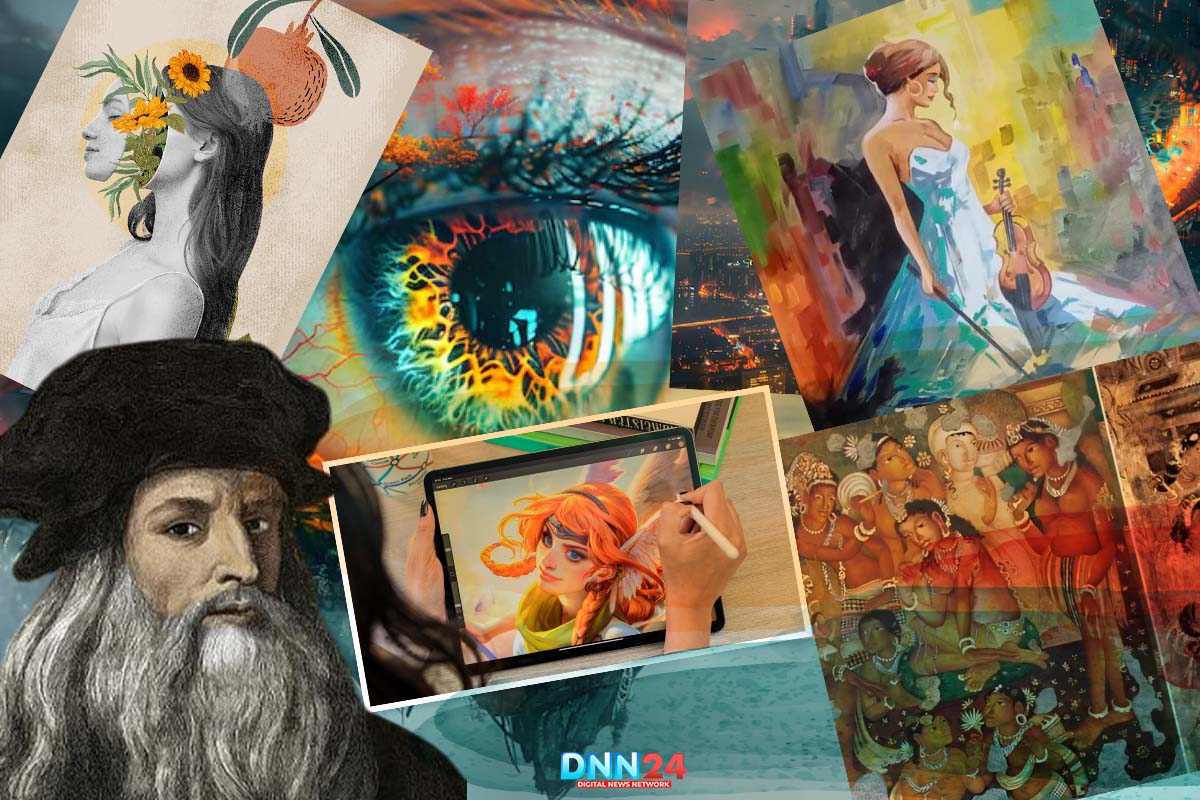Today marks the celebration of World Art Day, a global event that recognizes the profound influence of artistic expression on human society. This special day, observed annually on April 15th, brings together artists, art enthusiasts, and cultural institutions worldwide to honor creativity in its many forms. Established to coincide with Leonardo da Vinci’s birthday, World Art Day showcases how art transcends boundaries, connects diverse communities, and serves as a universal language that speaks to people regardless of their background or nationality.
Birth and Significance of World Art Day
World Art Day came into existence in 2012 when the International Association of Art (IAA), a partner of UNESCO, proposed this global celebration during its 17th General Assembly in Guadalajara, Mexico. The date April 15th was specifically chosen to honor the birthday of Leonardo da Vinci, who represents the perfect embodiment of artistic excellence and the influence of fine arts across various disciplines. Through his artistic pursuits, Leonardo da Vinci continues to represent peace, creative freedom, and universal brotherhood.

The inaugural World Art Day received strong support from approximately 150 artists representing various countries, including France, Sweden, Slovakia, South Africa, and Venezuela. Since its inception, this day has grown to become a significant cultural event celebrated worldwide through exhibitions, workshops, and performances that highlight artistic contributions to society. According to UNESCO, “World Art Day celebrations help reinforce the links between artistic creations and society, encourage greater awareness of the diversity of creative expressions, and highlight the contribution of artists to sustainable development.
This day also places special emphasis on arts education in schools, recognizing that culture creates pathways for inclusive and equitable education opportunities. As this celebration continues to grow each year, it serves as a powerful reminder of how art not only beautifies our world but also strengthens our shared humanity through creative expression that speaks to universal human experiences.
Art as a Universal Language Connecting Cultures
Art possesses a remarkable ability to communicate across barriers that often divide humanity. Unlike spoken languages that require translation, visual art, music, dance, and other creative expressions can instantly connect with people from vastly different backgrounds. This universal quality makes art a powerful tool for fostering understanding between cultures that might otherwise struggle to communicate.
Artists from around the world share their perspectives through their creations, allowing viewers to glimpse life through different lenses and develop empathy for experiences outside their own. One celebrated artist remarks, “When people view art from another culture, they begin to understand the values, struggles, and joys of those communities without needing words.” This sentiment reflects how artistic expressions can bypass political tensions and social differences to establish human connections at their most fundamental level.

Throughout history, art has served as a diplomatic bridge, with cultural exchanges often continuing even when political relations between nations were strained. Today’s global art scene further demonstrates this connecting power with international art fairs, collaborative projects, and digital platforms, bringing together creative voices from every continent.
The result is a pleasant and intricate fabric of human creativity that gives dignity to human life and endorses the differences that we possess. On World Art Day, this connective power receives special recognition as communities worldwide engage with artistic traditions unlike their own, fostering greater cross-cultural appreciation. As one curator notes, “Art gives us the rare opportunity to step into someone else’s reality and see the world through their eyes, even if just for a moment.”
Celebrating World Art Day Across India and the Globe
In India, World Art Day holds special significance as the country embraces its incredibly rich artistic heritage that spans thousands of years. From ancient cave paintings at Ajanta to contemporary digital art, India’s artistic tradition covers countless forms, including classical dance, intricate handicrafts, vibrant folk paintings, and sophisticated classical music.
On this special day, major cities across India come alive with exhibitions showcasing both traditional and modern art forms. Museums extend their hours, offering free entry to encourage public participation, while community centers host workshops where children and adults can try their hand at various artistic techniques. Art colleges organize special lectures where established artists share their journeys, inspiring the next generation of creative minds.

One prominent gallery curator shares, “World Art Day gives us the perfect opportunity to highlight the continuity of Indian artistic expression from ancient times to today.” Otherwise, countries all over the world celebrate similarly as does India and its people. Today, there are many events linked with his work in Europe; Italy celebrates the great masters of the Early Renaissance. In South America, street art and public performances dominate celebrations, making art accessible to everyone regardless of economic status. There are examples of how African countries continue to appreciate traditional crafts while practicing modern art, pointing to the changes in cultural practices.
Even in conflict zones, World Art Day often brings temporary peace as communities come together through creative expression. The digital realm has expanded these celebrations even further, with virtual exhibitions, online workshops, and social media campaigns allowing people to participate regardless of physical location.
Art in the Digital Age and Its Future Impact
The relationship between art and technology has undergone a revolutionary transformation in recent years, reshaping how art is created, shared, and experienced globally. Digital platforms have democratized artistic expression, allowing creators from remote villages in India to bustling metropolises to showcase their work to worldwide audiences without traditional gatekeepers.

One digital artist explains, “Today, a talented artist from a small town can gain international recognition through social media and online galleries—opportunities that simply didn’t exist before.” This has led to unprecedented creativity since many societies that were discriminated against in the past are given a chance to express themselves. Virtual reality exhibitions now enable people to “walk through” famous museums from their homes, while augmented reality applications allow art to transform public spaces through smartphone screens.
NFTs (Non-Fungible Tokens) have created new economic models for artists, though not without controversy about environmental impacts and accessibility. Art education has similarly evolved, with online tutorials-making techniques once taught only in expensive academies available to anyone with internet access. As technology advances, the boundaries between physical and digital art continue to blur, with many artists creating works that exist simultaneously in both realms.

Looking toward the future, art historians predict even greater integration of technology and creativity, with artificial intelligence becoming both a tool for artists and perhaps even a creative entity itself. Nevertheless, some significant transformations distinctly characterize the role of technology in increasing user’s creativity as a social need.
World Art Day reminds us that whether created with traditional pigments or digital pixels, art continues to fulfill its essential role in human society—helping us process our experiences, connect with others, and imagine new possibilities for our shared future.
Also Read: Ink & Identity: How Tattoo Traditions in Indian Tribes Speak Volumes
You can connect with DNN24 on Facebook, Twitter, and Instagram and subscribe to our YouTube channel.

